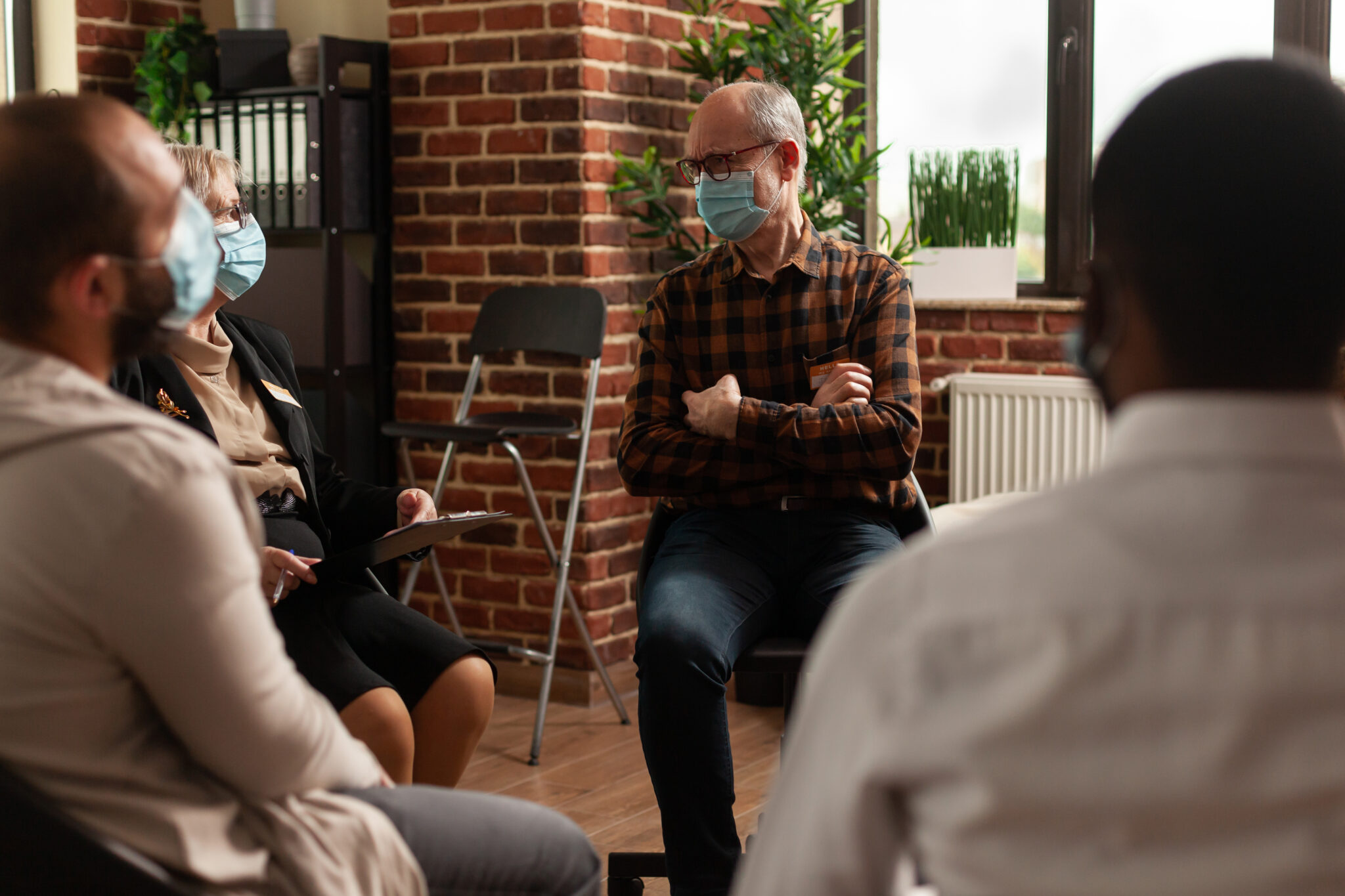The Geriatrics Workforce Enhancement Program (G.W.E.P.) is a vital initiative that trains healthcare workers to care for America’s growing population of older adults. Recently, this program faced a major funding crisis when the Trump administration’s proposed budget for 2026 threatened to eliminate it entirely. However, thanks to restored funds and bipartisan support, G.W.E.P. has been saved—for now. Here’s a closer look at what this program does, why it’s important, and the challenges it faces.
1. What Is the Geriatrics Workforce Enhancement Program?
The G.W.E.P. is a federally funded program that trains about 70,000 healthcare workers each year to provide specialized care for older adults. Started in 2015, it supports universities and hospitals across the United States with grants of up to $1 million annually. These grants help train a wide range of professionals, including doctors, nurses, social workers, and community health workers, to address the unique needs of people over 65.
For example, in St. Louis, students visit senior centers and nursing homes in a van to learn how to perform hour-long geriatric assessments. These assessments check for common issues like frailty, muscle weakness, and memory problems, and patients receive free care plans. In Oregon, community health workers take an eight-hour online course to learn about Medicare, hospice care, and how to communicate with older adults. In Louisville, the program even responds to community needs, like when a local church asked for help educating parishioners caring for relatives with dementia.
2. Why Geriatrics Training Matters
As the U.S. population ages, the need for healthcare providers trained in geriatrics is growing. Today, there are only about 6,580 geriatricians—doctors who specialize in caring for older adults—according to the Health Resources and Services Administration (H.R.S.A.). This number is expected to drop slightly in the coming years, even as the number of Americans over 65 increases.
Older adults have unique health needs, such as managing multiple chronic conditions, preventing falls, and addressing memory issues like dementia. However, most older patients are cared for by primary care doctors, physician assistants, or nurses who may not have specialized training in geriatrics. G.W.E.P. fills this gap by teaching a wide range of healthcare workers how to provide “age-friendly” care, especially in rural and underserved areas.
3. The Funding Crisis
In July 2025, G.W.E.P. programs faced a sudden and alarming cut in funding. Instead of receiving the expected $41.8 million, the 42 programs across the country got only $27.5 million—a 34% shortfall. For 10 weeks, program directors were left in the dark, unsure if the missing money would ever arrive. Some programs, like the one at Louisiana State University, received only $152,000 of their expected $976,659, forcing them to pause geriatric training and internships.
The Trump administration’s proposed budget for 2026 added to the uncertainty by suggesting the complete elimination of G.W.E.P. The administration argued that cutting the program would streamline bureaucracy and save taxpayer money. However, this move worried healthcare leaders, who see G.W.E.P. as essential for preparing the workforce to care for older Americans.
4. A Last-Minute Rescue
On September 10, 2025, the missing funds were suddenly restored, allowing G.W.E.P. programs to continue their work. The program has also been included in both the House and Senate bills funding the federal health department, though these bills could still change or face delays due to a continuing resolution that might freeze funding.
This rescue may owe much to Senator Susan Collins, a Republican from Maine, who has been a strong supporter of G.W.E.P. In a Senate speech on September 3, 2025, she called the program a “modest investment” that ensures older Americans and their caregivers receive the expert care and training they need. With Maine having a large aging population and fewer than 40 geriatricians, Collins understands the program’s importance.
5. Innovative Training for a Growing Need
G.W.E.P. programs are creative in how they train healthcare workers. For example, Saint Louis University recently launched an apprenticeship for certified nursing aides (C.N.A.s) who work in nursing homes. These aides often face high turnover due to low pay and stressful conditions. The program offers 144 hours of education on topics like medications, fall prevention, and dementia, including short videos that aides can watch on their phones during breaks.
At the end of the year-long program, graduates become certified geriatrics specialists, receive a $1,000 stipend, and get a 12% raise from their employer. This initiative not only improves care for older adults but also helps retain workers in a challenging field. Saint Louis University plans to expand this model to other facilities and share it with G.W.E.P. programs in other states.
6. Challenges Ahead
Despite its recent rescue, G.W.E.P. faces ongoing challenges. Funding for the program has only increased slightly in recent years, even as the need for geriatric care grows. Attracting medical students to geriatrics is also difficult because it’s a lower-paying specialty compared to others, despite high job satisfaction among geriatricians. Most older patients rely on Medicare, which reimburses at lower rates than private insurance, making the field less financially appealing.
Additionally, the uncertainty of federal funding creates stress for program directors. As Dr. Marla Berg-Weger from Saint Louis University described it, the funding situation has been a “roller coaster.” Without stable support, programs may struggle to plan for the future or expand their reach.
7. Why G.W.E.P. Is Worth Saving
The G.W.E.P. is a smart use of federal resources because it trains a wide range of healthcare workers to meet the needs of a growing population. By focusing on both professionals and caregivers, it ensures that older adults receive high-quality, age-friendly care. Programs like the one in St. Louis, which trains nearly 10,000 people a year, show how G.W.E.P. makes a big impact with relatively small funding.
As Carole Johnson, the former H.R.S.A. administrator, noted, “Everybody in the field hoped this program would grow, not wither.” Its survival is critical for ensuring that healthcare workers are prepared to care for older Americans, especially as the population continues to age.
8. Looking Forward
The restoration of G.W.E.P. funding is a victory, but its future remains uncertain. Continued bipartisan support, like that from Senator Collins, will be key to keeping the program alive. For now, G.W.E.P. continues to train thousands of healthcare workers, helping older Americans live healthier, more independent lives. As the demand for geriatric care grows, programs like this will be more important than ever.






















